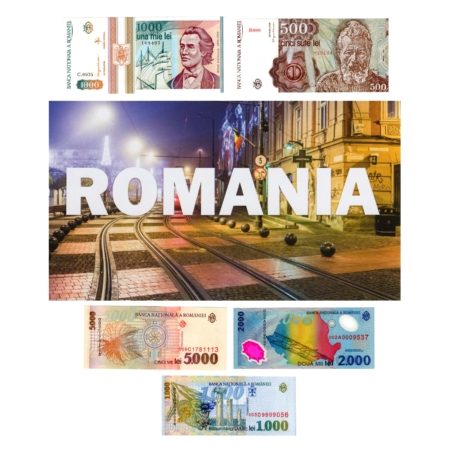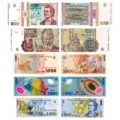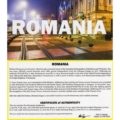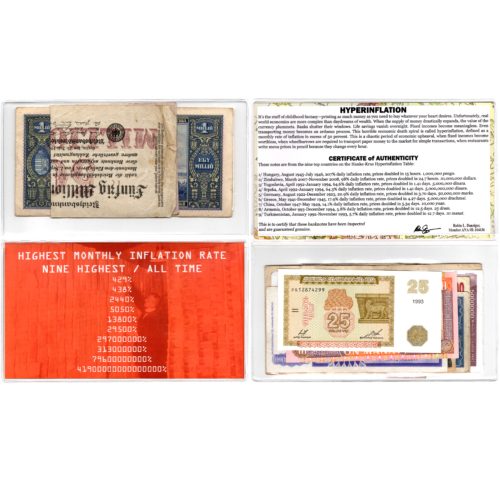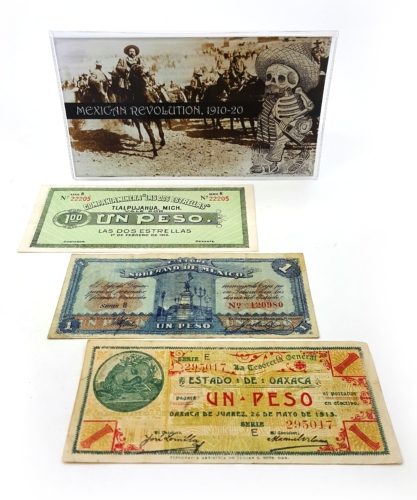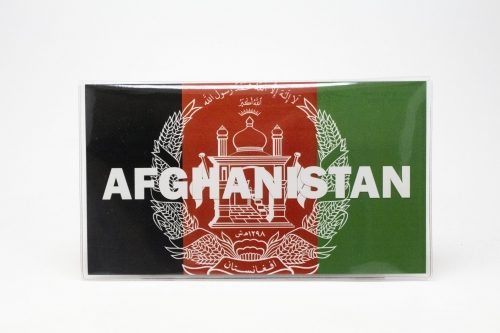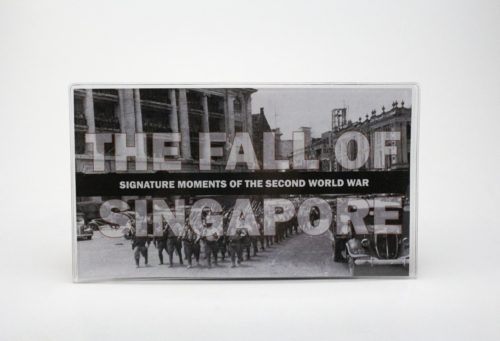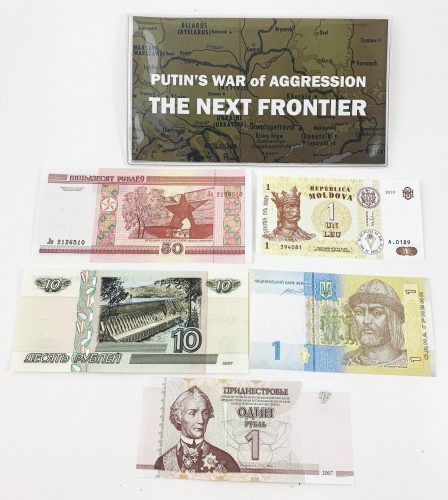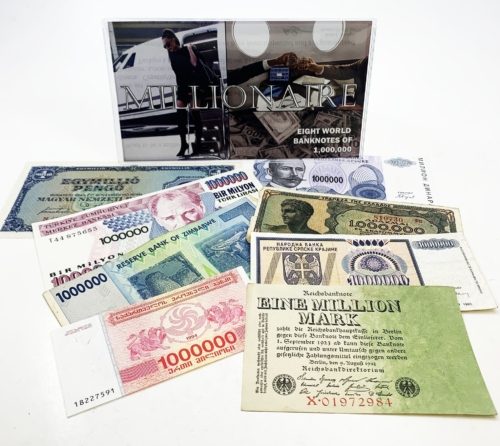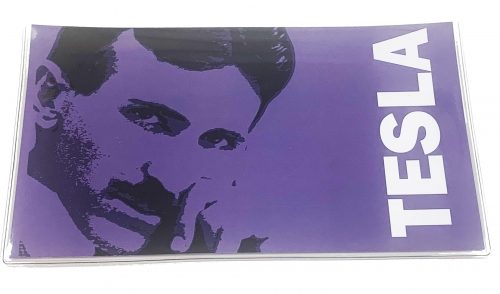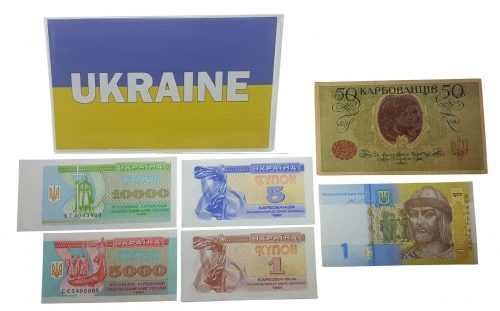Description
Modern Romania was formed in 1859 through a personal union of the Danubian Principalities of Moldavia and Wallachia. The new state, officially named Romania since 1866, gained independence from the Ottoman Empire in 1877. Following the outbreak of World War I, after declaring its neutrality in 1914, Romania fought on the side of the Allied Powers beginning in 1916. Afterwards Bukovina, Bessarabia, Transylvania as well as parts of Banat, Cri?ana, and Maramure? became part of the
sovereign Kingdom of Romania.
In June-August 1940, as a consequence of the Molotov-Ribbentrop Pact and Second Vienna Award, Romania was compelled to cede Bessarabia and Northern Bukovina to the Soviet Union, and Northern Transylvania to Hungary. In November 1940, Romania signed the Tripartite Pact and, consequently, in June 1941 entered World War II on the Axis side, fighting against the Soviet Union until August 1944, when it joined the Allies and recovered Northern Transylvania. Following the war, under
the occupation of the Red Army’s forces, Romania became a socialist republic and a member of the Warsaw Pact.
After the 1989 Revolution, Romania began a successful transition towards democracy and a market economy.
CERTIFICATE of AUTHENTICITY
This set contains five Romanian banknotes:
1/ 500 lei, P-98, 1991, one of the first post-Soviet issues; 2/ 1000 lei, P-102, 1993, featuring the sculptor Brancusi; 3/1000 lei, P-106, 1998, featuring Eminescu; 4/ 5000 lei, P-107, 1998, featuring Blaga; 5/ 2000 lei, P-111, 2000 polymer.

